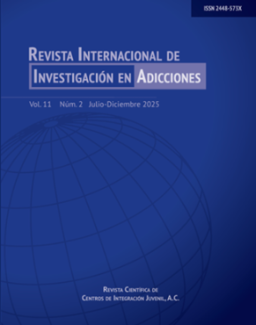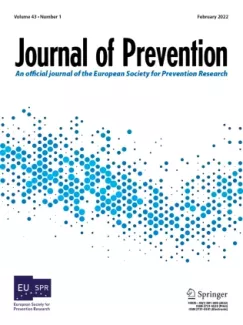Can Intersectoral Interventions Reduce Substance Use in Adolescence? Evidence From a Multicentre Randomized Controlled Study
This multicentre randomised controlled study evaluated a 3-year intersectoral intervention designed to reduce alcohol, tobacco, and cannabis use among adolescents in a tri-border region of Brazil, Argentina, and Paraguay. The intervention...

